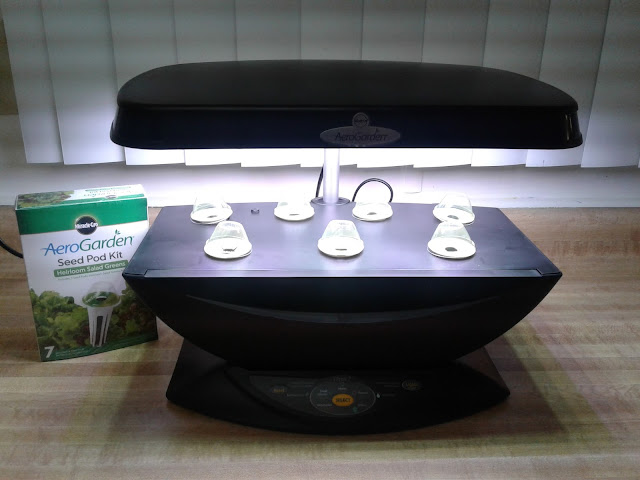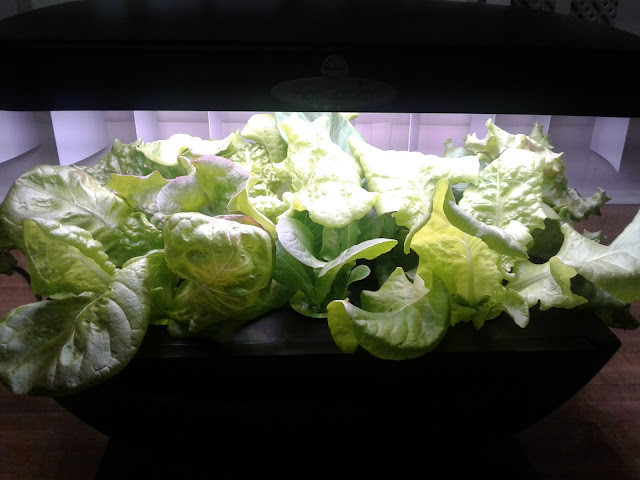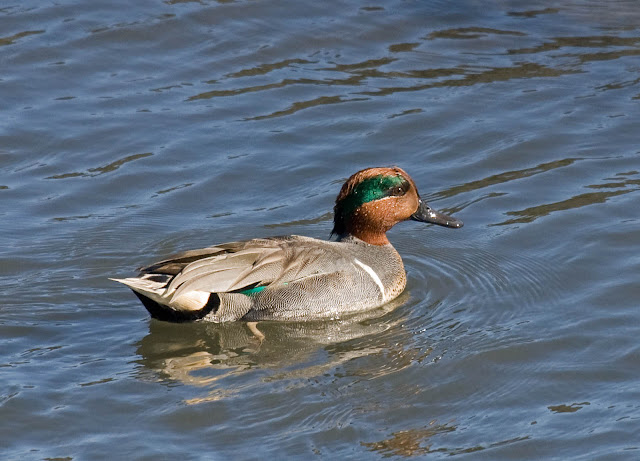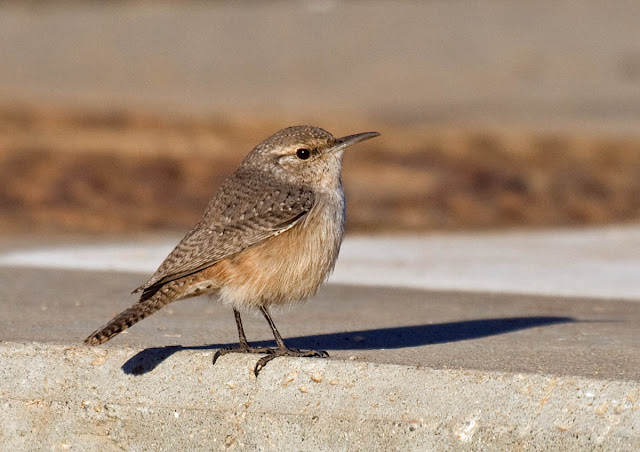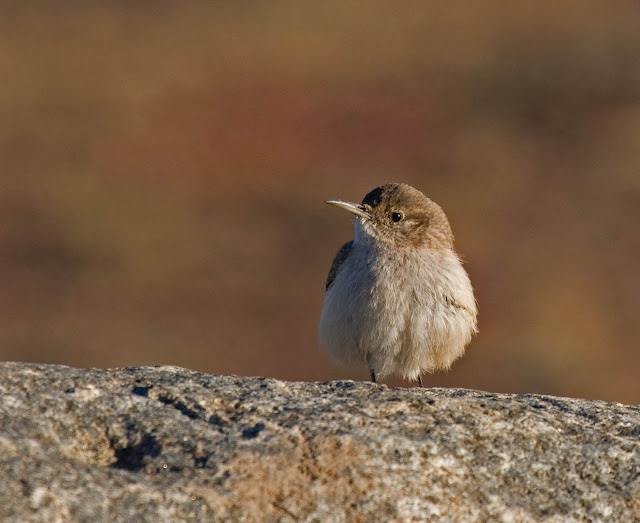As of May 2018...
As one of my friends once warned me, once you identify a post as your most popular, that designation causes more people to visit to find out why--a self-fulfilling prophecy. The playing field is no longer level. The publication of this post will change what the results would have been going forward without it.
But I present this post primarily for those bloggers and web site owners who may be trying to increase visitors to their site.
The Blogger site has some built-in rudimentary statistics. There are actually two different ways to measure visitors to each page: Landing Pages and Most-Visited Pages. These are unique visitors; repeat visitors are not counted (but if someone uses their PC and later uses their phone, then it would count as 2 visitors).
If Google serves up one of my pages in a response to a user's query (or another web site links to mine), and that user then clicks on the link that takes them to my blog, the first page they land on is the Landing Page. Blogger tracks that. The pages that Google likes on my site are often those that mention popular topics, but with some unique aspect that would take them to my page rather than a more authoritative site like a ".gov" site or Wikipedia, etc. I'll show some examples below.
Once someone lands on my blog and sees the lists of post titles in the sidebar, they may then choose to visit other posts that interest them. This creates another list of most-visited pages.
Blogger counts visits to all pages, but only lists the top 10 landing pages.
So, let's get into it then.
The most popular landing pages are these:
"
Birds to know in San Diego: Introduction (Backyard)" is 10 times more popular than any other page on my site. "Backyard birds" is a hugely popular search query on Google. When I combine that with the name of a town in the title, this optimization makes it unique to my blog and makes this page very popular (thus SEO, search engine optimization). On average, about 200 different people per month land on this page.
Space rockets, self-driving vehicles, solar energy, and intelligent machines? No wonder my November 2016 post "
Elon Musk is about to change our future" is so popular. And, yes, I knew the above two posts would be popular for the SEO purpose of bringing more people to my blog.
My 3rd most popular landing page is a surprise of sorts. Ever heard of a "
Storm Wigeon"? Evidently many people have, and there must not be many other web pages out there discussing it, because this page rivals the Elon Musk page for number 2 position. My guess is that Storm Wigeon is a more popular query among duck hunters than birders. I would guess that duck hunters make up the bulk of visitors to this ever-popular page.
Barely lagging the 2nd and 3rd place posts is my introduction to Nature Journaling, "
I notice,... I wonder,... It reminds me of...." My other nature journaling posts are not as continuously popular, so the continuing popularity of this page has something to do with the interesting questions in the title.
Continuing to rise with the "Birds to know" series, is "
Birds to know in San Diego: Oceanside Pier," now in 4th place. Likewise, other titles in this series are also rising and may break the top 10 soon, pushing others out. In fact, it just did today. "
Birds to know in San Diego: San Elijo Lagoon" just came up to the number 10 spot.
Bird identification is a popular topic, and a significant part of my blog. So the "
Index to my bird identification articles" (that I have authored on this blog and others) remains in 6th place.
Of all the site guides on my blog, the "
Birding Site Guide: Anza-Borrego Desert State Park Visitor Center" is the one that people ask Google the most about. It is in 7th place.
Now we come to a point where we reach posts that were quite popular when they first came out, but few people are visiting now.
"
ID: Leach's Storm-Petrel split: Ainley's, Leach's, and Townsend's" was a popular post after July 2016 when the split of one storm-petrel into three became official. Now that these birds are described in the popular field guides, queries are fewer.
In 9th place is my April 2014 review of the 2nd Edition Sibley Guide. I had some issues with the font size and color in the first printing: "
Sibley 2nd Edition Review: Unreadable." Subsequent printings resolved some of the problems and no one queries Google for this anymore, or there are more popular websites that Google directs them to now.
One of my odd posts (not really matching the theme of most posts) was a review of a lawn sprinkler: "
Orbit Sprinkler Review." Just today it was bumped from 10th place, as mentioned above for the San Elijo Lagoon 'Birds to know' post. Another strange one is a post that was simply a photo only: "
Mew Gull" that remained for almost a year in the number 10 place, only to be pushed off a couple months ago by the Oceanside Pier 'Birds to know' post. How in the world did this textless "post" rank high enough to be served up by Google? That's part of the mystery of SEO.
Popular with the readers--most-visited pages:
Obviously, the most-popular landing pages are most-likely to also be the most-visited pages on my blog. But only "
Birds to know in San Diego: Introduction (Backyard)" is in the same place (first) on both lists.
In many ways this list of total visits is more important than landing pages. These pages primarily indicate where visitors to my blog went AFTER the first landing page. The fact that these went on to another page and didn't just leave my blog altogether, indicates these are my target audience.
Number 2 is "
Storm Wigeon," and number 3 is the "
Birding Site Guide: Anza-Borrego Desert State Park Visitor Center," which were 3rd and 7th, respectively, on the previous list.
Next is my post: "
Pelagic birding trip from San Diego: What's it like?" As this is a featured post with a thumbnail photo on the sidebar of the blog, it is no surprise that many people visit this page. I led pelagic trips out of Oregon for over 20 years, and did all my own SEO, so this page is written to remain popular in the search engines, as well.
At 5th place is one of my first site guides (March 2014): "
Birding Site Guide: Tijuana River Valley Regional Park: Bird & Butterfly Garden." It is actually more popular than the index to my site guides, which is also listed in the blog's sidebar, "
Birding Site Guides to San Diego, California," which is in 7th place.
Additional "Birds to know" pages are expected, as they are linked together one after the other, starting with the Introduction page. However, the popularity isn't in order of the pages, so not everyone is reading through from start to finish--most people apparently are jumping around. So page 2, "
Birds to know in San Diego: San Elijo Lagoon" is in 10th place; page 3, "
Birds to know in San Diego: Anza-Borrego Desert" is in 8th place; and page 4, "
Birds to know in San Diego: Oceanside Pier" is in 6th place. These are backwards from what one would expect if they were reading this series straight through.
Let's see, what pages are left? Oh, in 9th place, which we skipped over, is "
ID: Western, Cassin's, and Tropical Kingbird."
Okay, I get to also choose my personal favorite posts, right? Here's my vanity list of posts I'm most proud of:
There are three efforts I have put forth in my birding persona that are defining to me: Organizing pelagic trips in Oregon for 21 years from 1994-2014; helping the Oregon Breeding Bird Atlas (1995-1999) get started, recruited, completed, and published; and writing "
How to Identify Birds in Flight." This latter effort is a stand-alone page on this blog, not really a blog post. Although completed and uploaded to this blog site in December 2015, I have worked on its principles for 20 years--ever since I found that seabirds could easily be identified at quite a distance by flight style alone. Working to explain what I saw to others formed the basis for this work that expanded logically to all birds.
When I started this blog I wanted it to be a bit more personal than my previous blog on birds and
birding in the Pacific Northwest. So I thought this electronic form was as likely as any paper form to preserve my thoughts on my paternal grandparents, as I present in "
Buck and Babe." I always wanted to write more, but that's what I've got. Other personal posts that I like include a Dr. Who tribute: "
The Monster Under My Bed," a look into my subconscious with: "
How to tell if you're dreaming," and recently, a book review on improving social skills which has changed my life: "
Book Review: Captivate!"
I put more field work into these two site guides: "
Birding Site Guide: Fort Rosecrans National Cemetery" and "
Birding Site Guide: Hiking Palomar Mountain State Park."
The Birds to know series was a happy success, and popular with others. And I've already discussed the Pelagic Birding trip: What's it like?
That leaves me with my two favorite ID articles: "
Winter Sage Sparrow identification dilemma: Sagebrush or Bell's Sparrow?" and "
ID: Hybrid California x Gambel's Quail." In both instances I feel like I added personal observations to the discussion and wasn't repeating widely known information. And I got to use many personal photographs that I obtained just for these articles.
Now that I've added nature journaling to my life the last year-and-a-half, there are several posts that I like. But a more recent one gives an overview of nature journaling with links to the best examples, and throws in some of my journal artwork: "
My first year of Nature Journaling."
So there you go, three lists of my most-popular posts!








